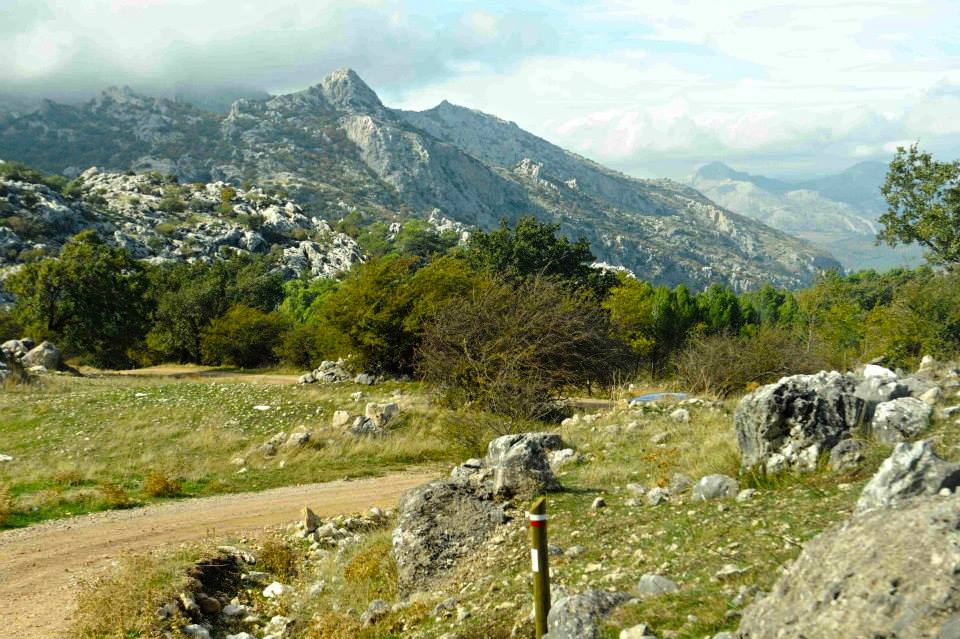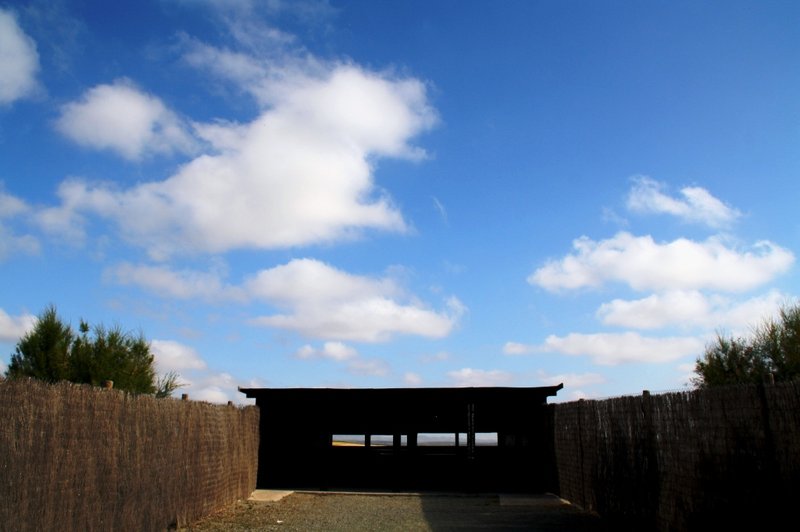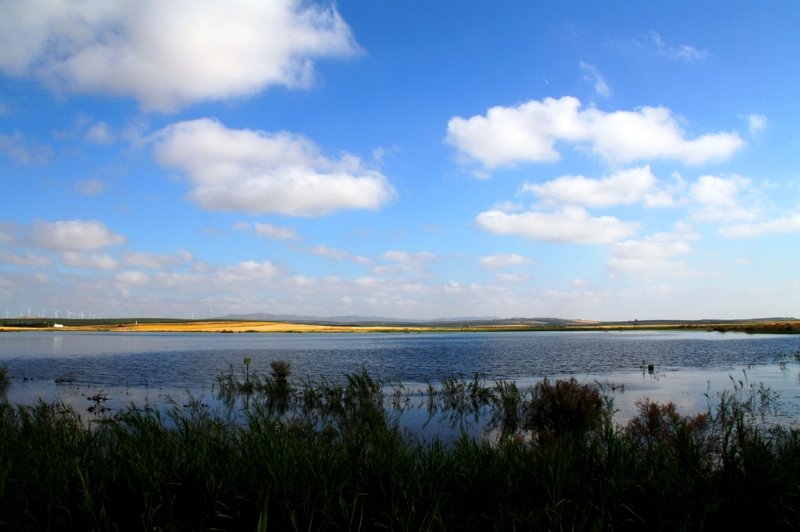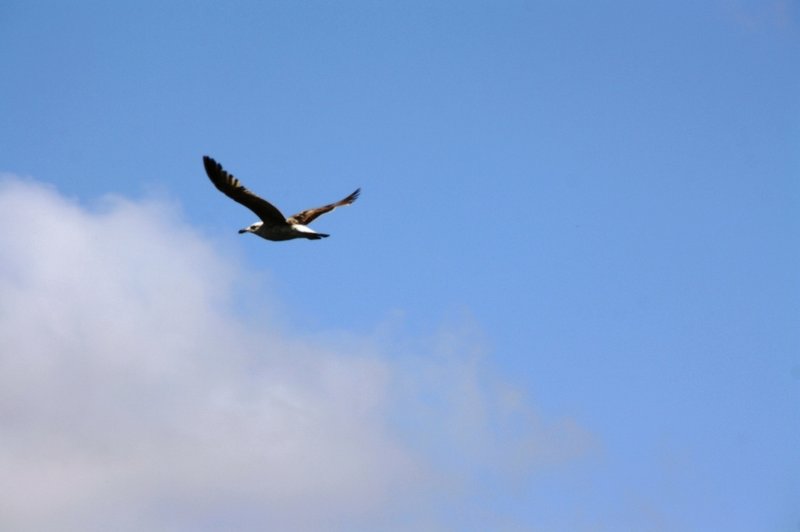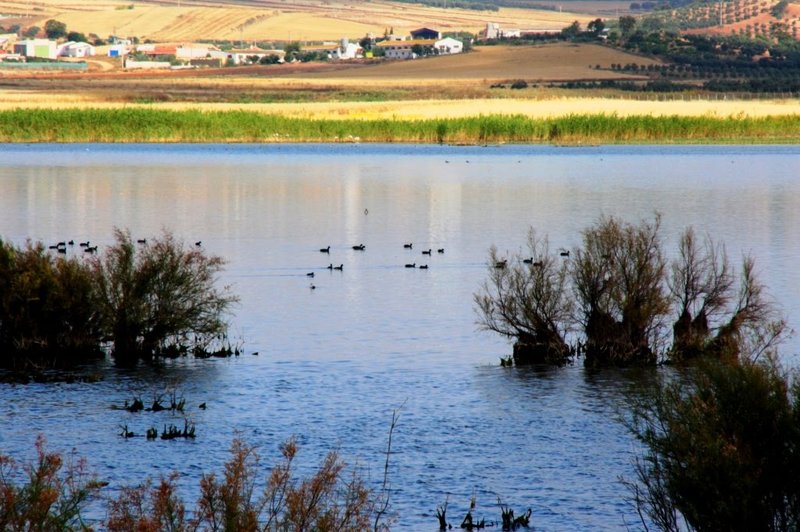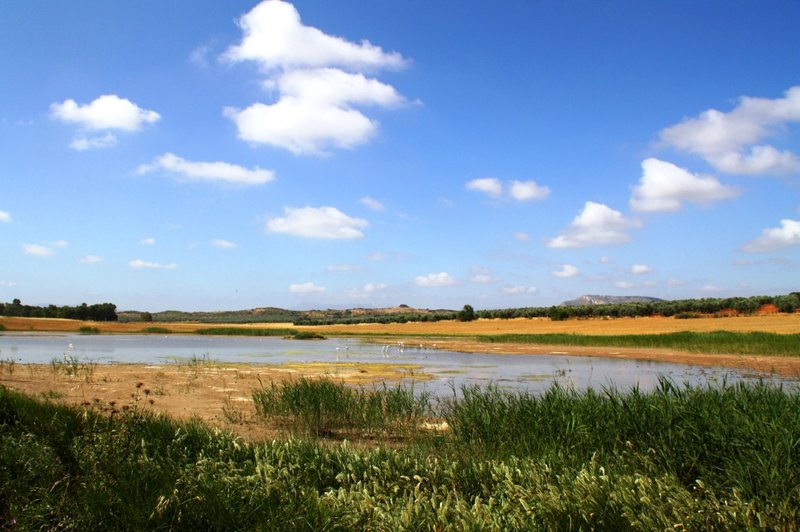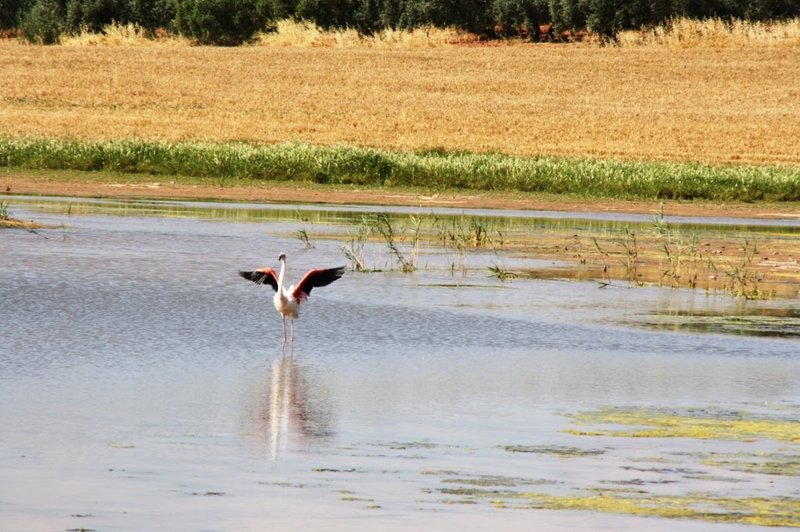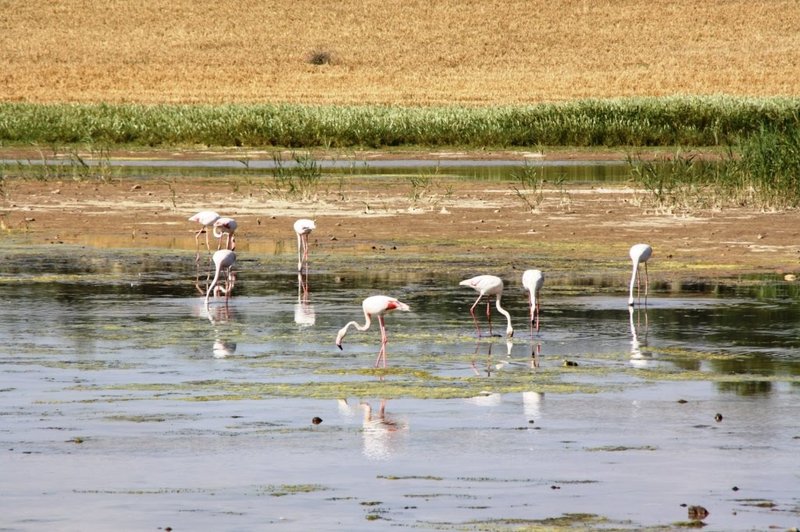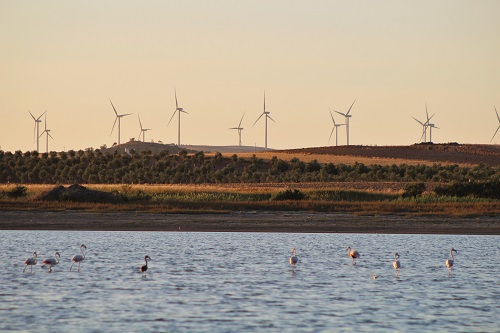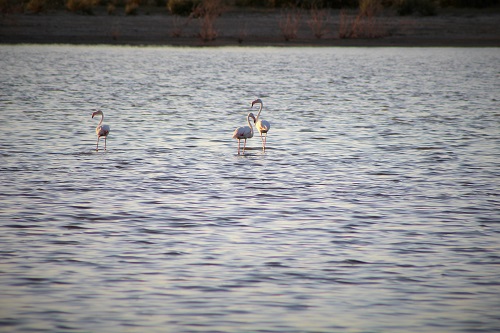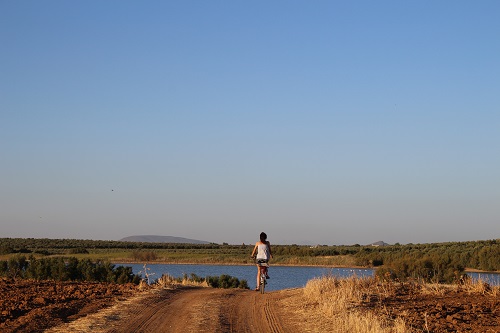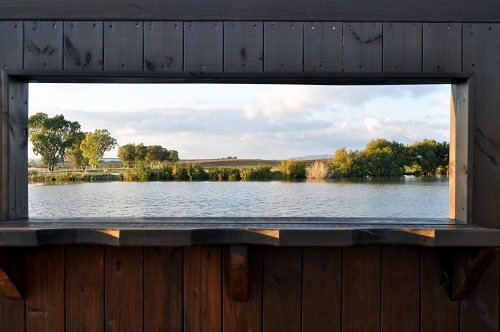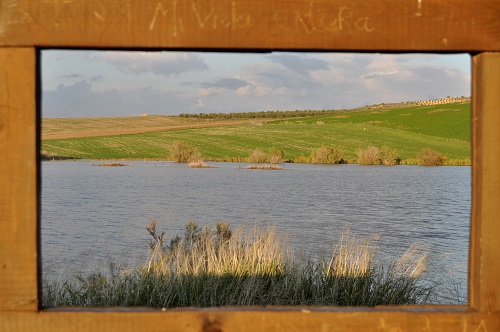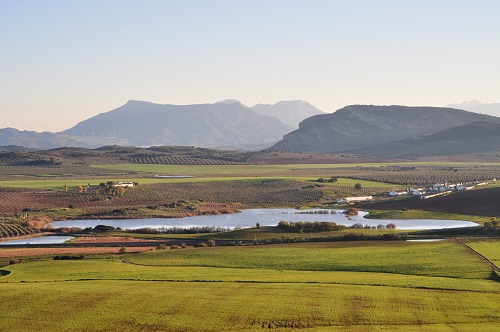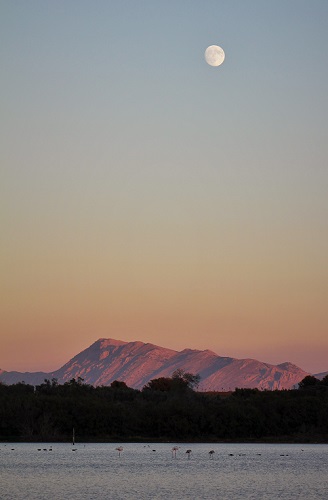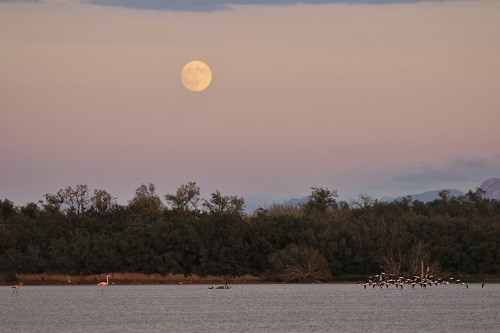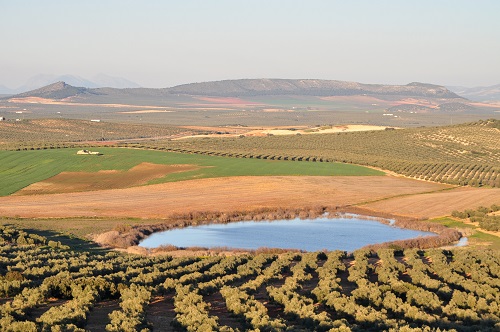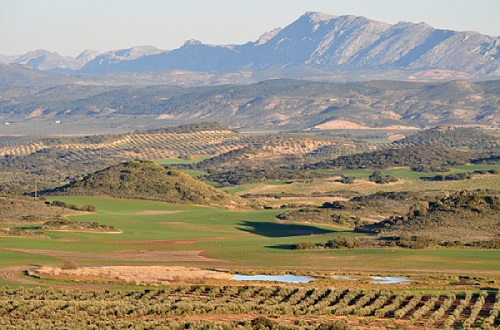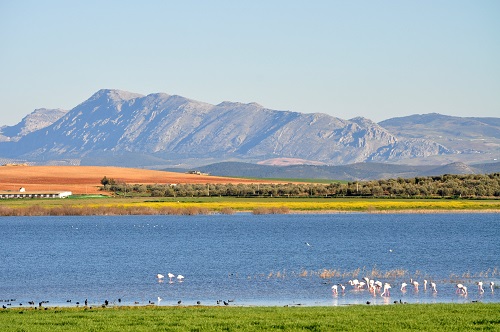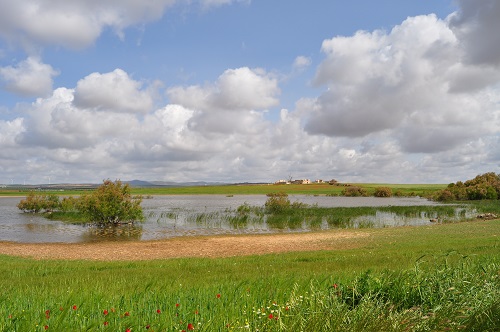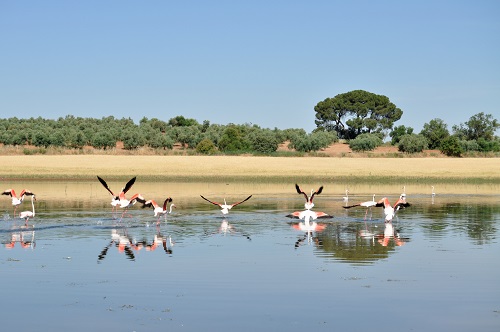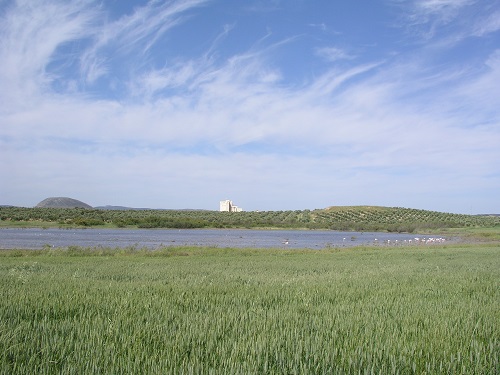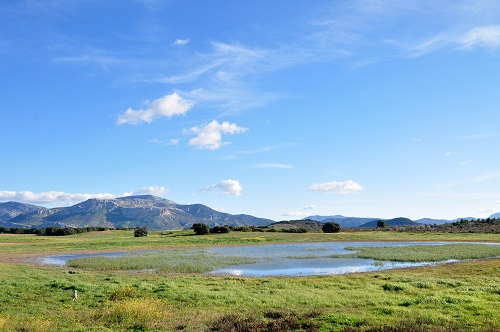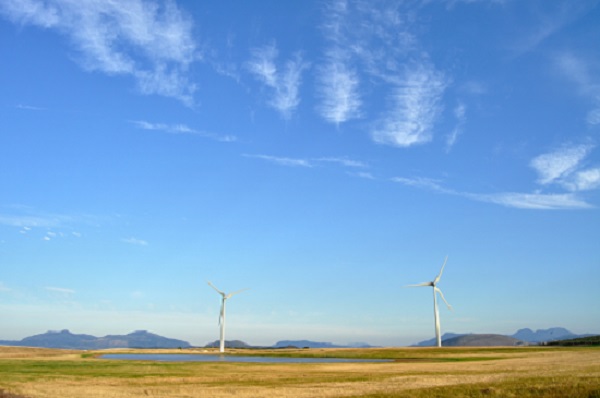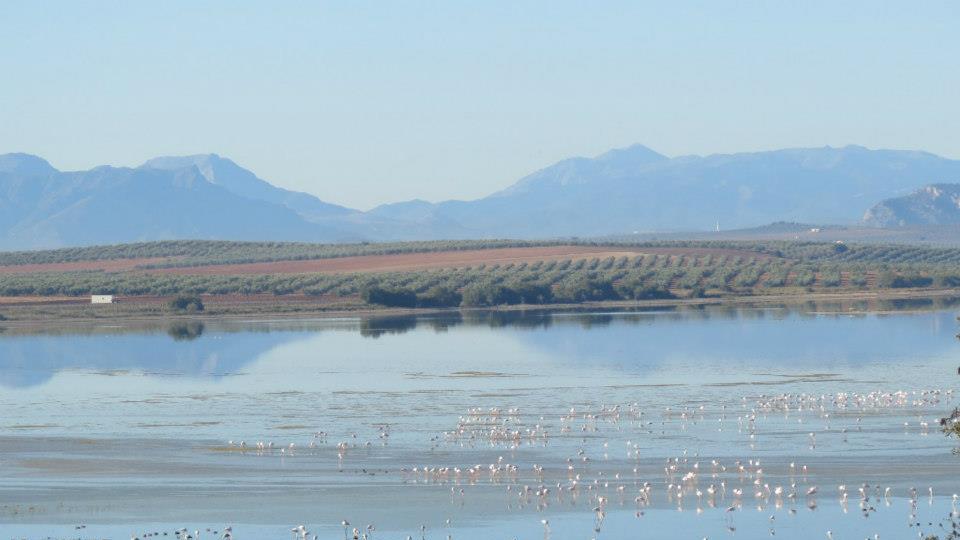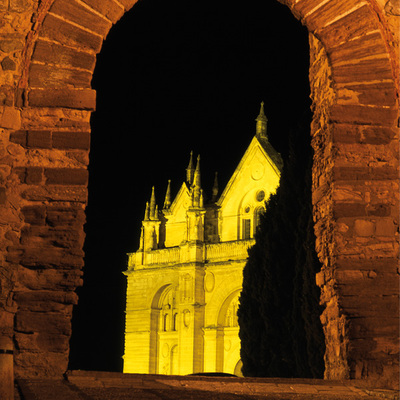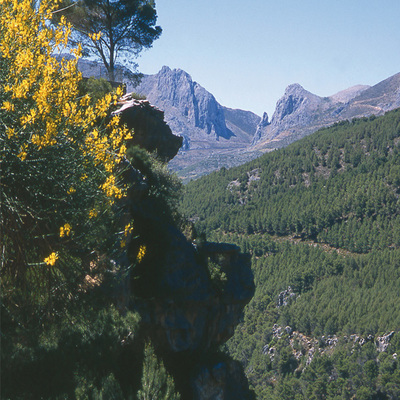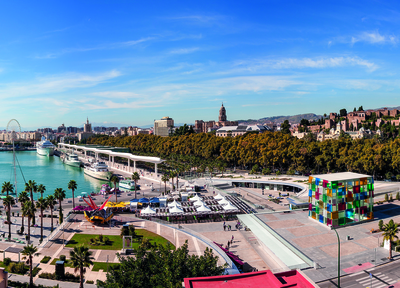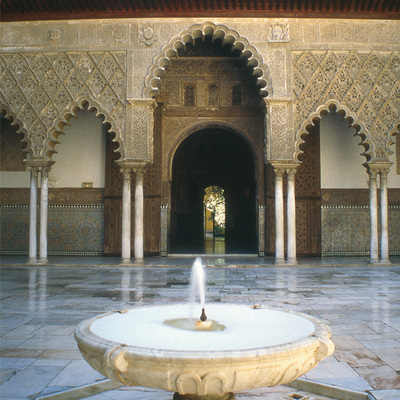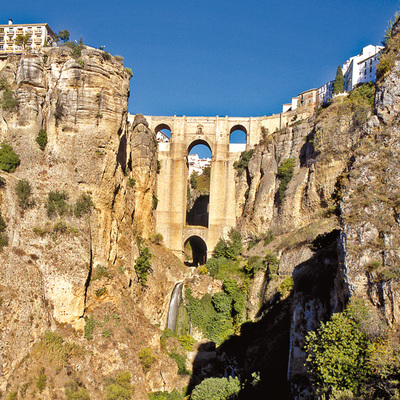Lagunas de Campillos
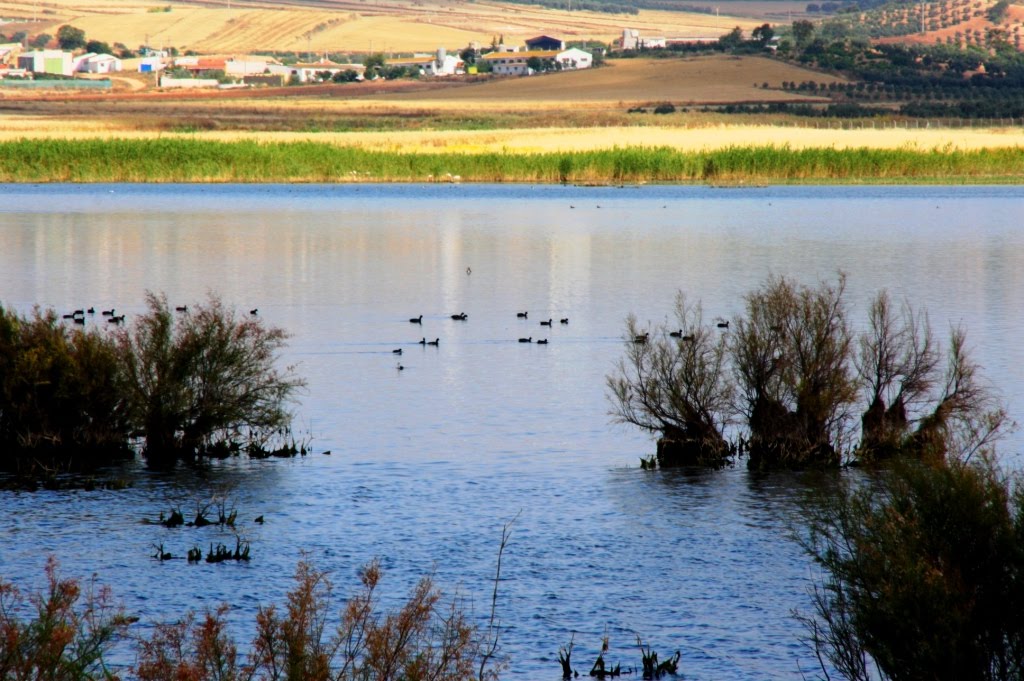
Lagunas de Campillos Nature Reserve is located in the northwest of Malaga province, close to the town of Campillos in Antequera Valley. This lake complex belongs to a series of endorheic steppe lakes in the plateau between Benamejí (Cordoba province) and Vega Alta de Antequera, spread across a relatively flat landscape greatly transformed by crops, especially olive trees, cereals and sunflowers.
It encompasses several lakes: Laguna Dulce (the largest), Laguna Salada, Laguna de Capacete, Laguna de Camuñas, Laguna del Cerero, Laguna Redonda, Laguna del Lobón, Laguna del Toro, Laguna de la Marcela, Laguna de Panza and Laguna Menaute. They are all endorheic, seasonal in nature and of relatively high salinity.
Natural vegetation is scarce due to farming, though there is still some native scrubland. The main vegetation in the lakes includes rushes, bulrushes and giant reeds, while around the lakes there are herbaceous crops and olive groves. At Laguna Salada there is an important presence of aquatic flora, including Althenia orientalis, chara aspera, Chara galioides and Ruppia maritima.
The fauna includes the common lizard, the Spanish Psammodromus and the Montpellier snake. There are also colonies of birds typically associated with such ecosystems. Thus, in olive groves there are hoopoes and partridges; Sardinian warblers and woodchat shrikes inhabit the scrubland; while the wheat fields are home to partridges, quails and white wagtails. During migrations, you can find birds of prey such as vultures, honey buzzards and red kites.
As regards mammals, you can find weasels, foxes, house mice, voles, water rats, hares and rabbits; and insectivores such as shrews, moles and bats.
The lakes are home to many species of water birds, mainly waterfowl, as well as flamingos, blacked-winged stilts, shovellers, wigeons, coots and even black-headed gulls. In the surrounding areas, you can see eyed lizards at the hottest times of the day.
The neighbouring lakes of Fuente de Piedra and La Ratosa are very similar, acting in parallel to maintain the colonies of water birds.

